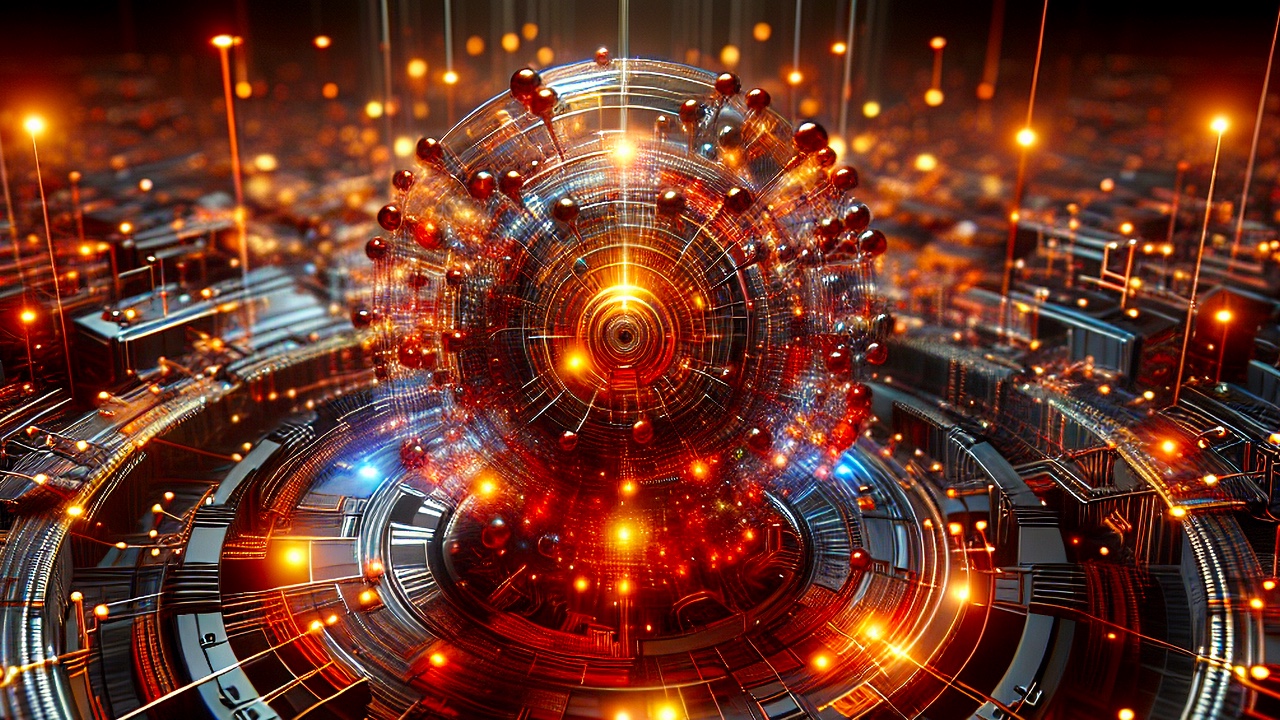
Researchers at the Chinese Academy of Sciences have taken a significant step forward in quantum technology, creating an engine powered by entanglement. Unlike traditional engines that rely on heat from coal or oil, this breakthrough taps into a quantum phenomenon to generate energy. It’s not just science fiction anymore—it’s happening in labs. (Source: Popular Mechanics)
So, how does it work? The team used two calcium atoms held in an ion trap, zapped them with a laser, and utilized changes in their entangled state to produce energy. While this doesn’t make the engine more efficient than earlier quantum models, it does show that entanglement directly enhances mechanical efficiency. It’s another milestone in understanding how quantum properties might one day power our tech.
What Exactly Is a Quantum Engine?
The term “quantum” pops up everywhere these days—quantum computers, quantum internet, even quantum hard drives. Quantum engines join that growing list, but don’t expect pistons or combustion chambers here. These engines harness the peculiar behavior of quantum mechanics to drive motion.
While the concept is still in its early days, researchers are exploring a few different approaches. Last year, scientists from the Okinawa Institute of Science and Technology created a quantum engine using fermions and Bose-Einstein condensates. Instead of heat, they relied on the quantum properties of particles in a gas. That engine had an efficiency of 25%, a respectable start but far from ready to replace your car engine. (Source: ScienceDaily)
This latest development from the Chinese Academy of Sciences takes a different path. The team used entanglement—a hallmark of quantum mechanics where particles share linked states no matter how far apart they are. They designed their engine to harness the thermodynamic effects that occur when particles shift from their initial state to a highly entangled one.
How the Engine Works
Think of it like a four-stroke engine, but with quantum twists. The calcium atoms absorb photons from a red laser, expand, interact with a quantum load, and then compress. By tweaking the laser’s frequency, amplitude, and timing, the team transitioned the atoms from a pure state to an entangled one. This process, as described in Physical Review Letters, essentially made entanglement the engine’s “fuel.” (Source: Physical Review Letters)
In over 10,000 experiments with calcium ions, researchers found that stronger entanglement led to better mechanical efficiency. Zhou Fei, one of the study’s authors, explained, “We quantitatively verified that entanglement can serve as a type of ‘fuel.’” While this method didn’t improve the energy conversion efficiency of quantum engines overall, it confirmed entanglement’s role in generating usable energy.
What’s Next for Quantum Engines?
For now, engines like this can only function at temperatures close to absolute zero. However, their potential is exciting. Imagine future versions helping to power large-scale quantum computers or advanced circuits. It’s still early days, but this research shows that we’re inching closer to making quantum-powered tech a practical reality. (Source: ScienceDaily)
As with quantum computing, the road ahead will likely involve plenty of experimentation and refinement. But one thing’s for sure: the possibilities are as fascinating as they are limitless.